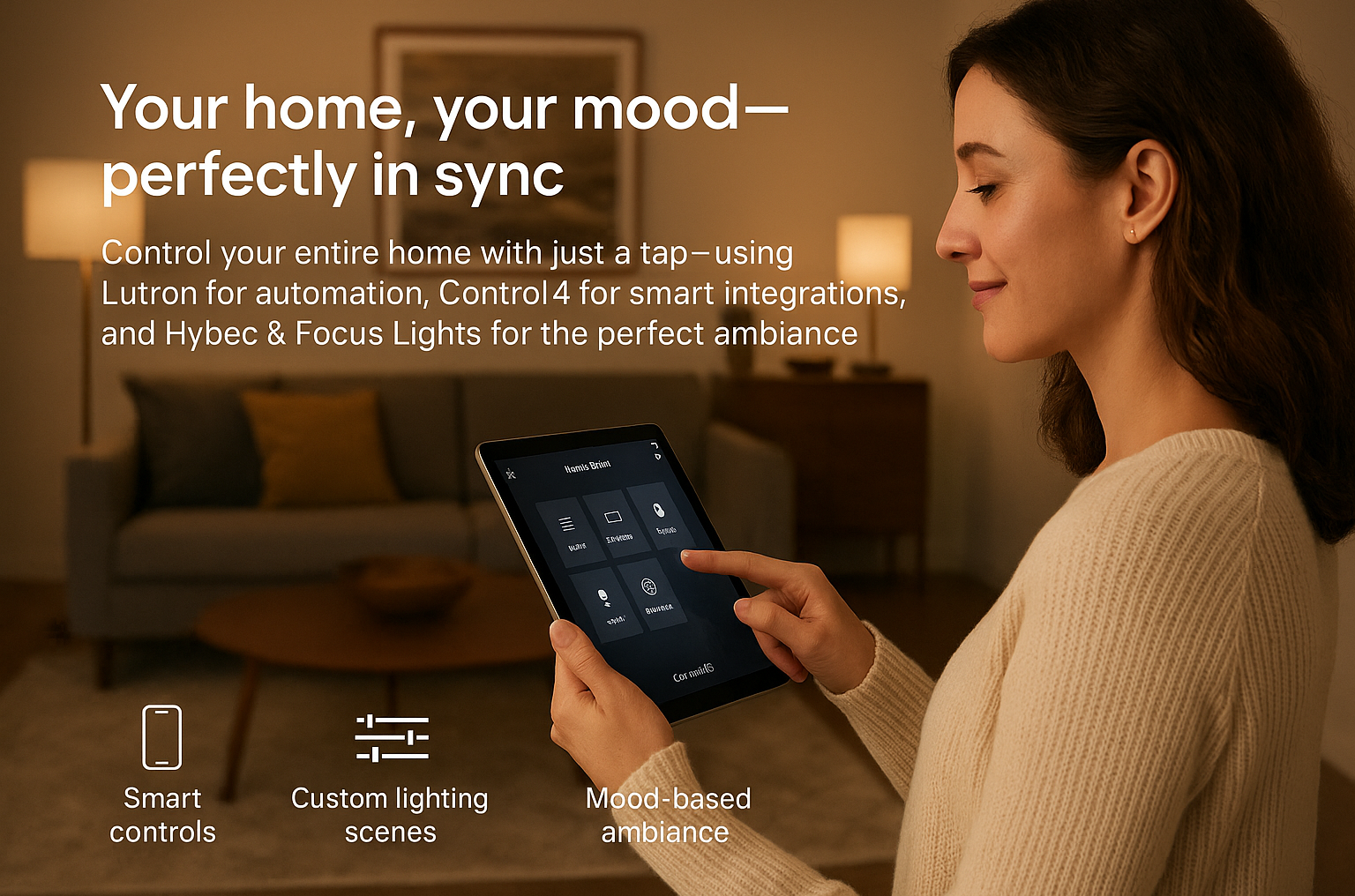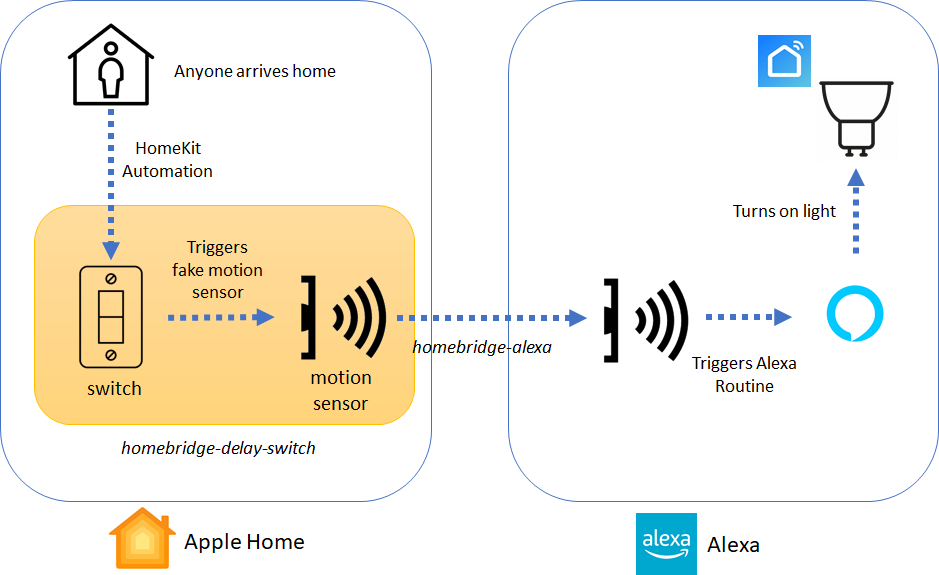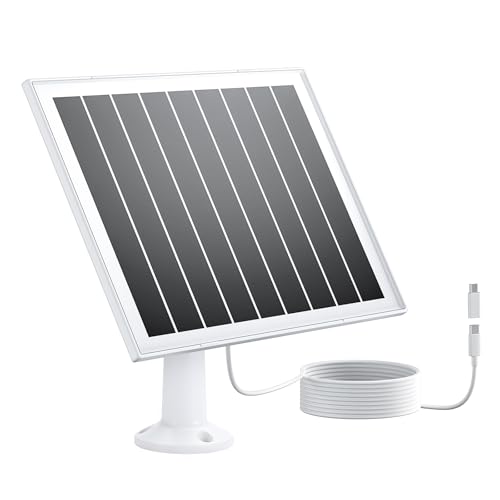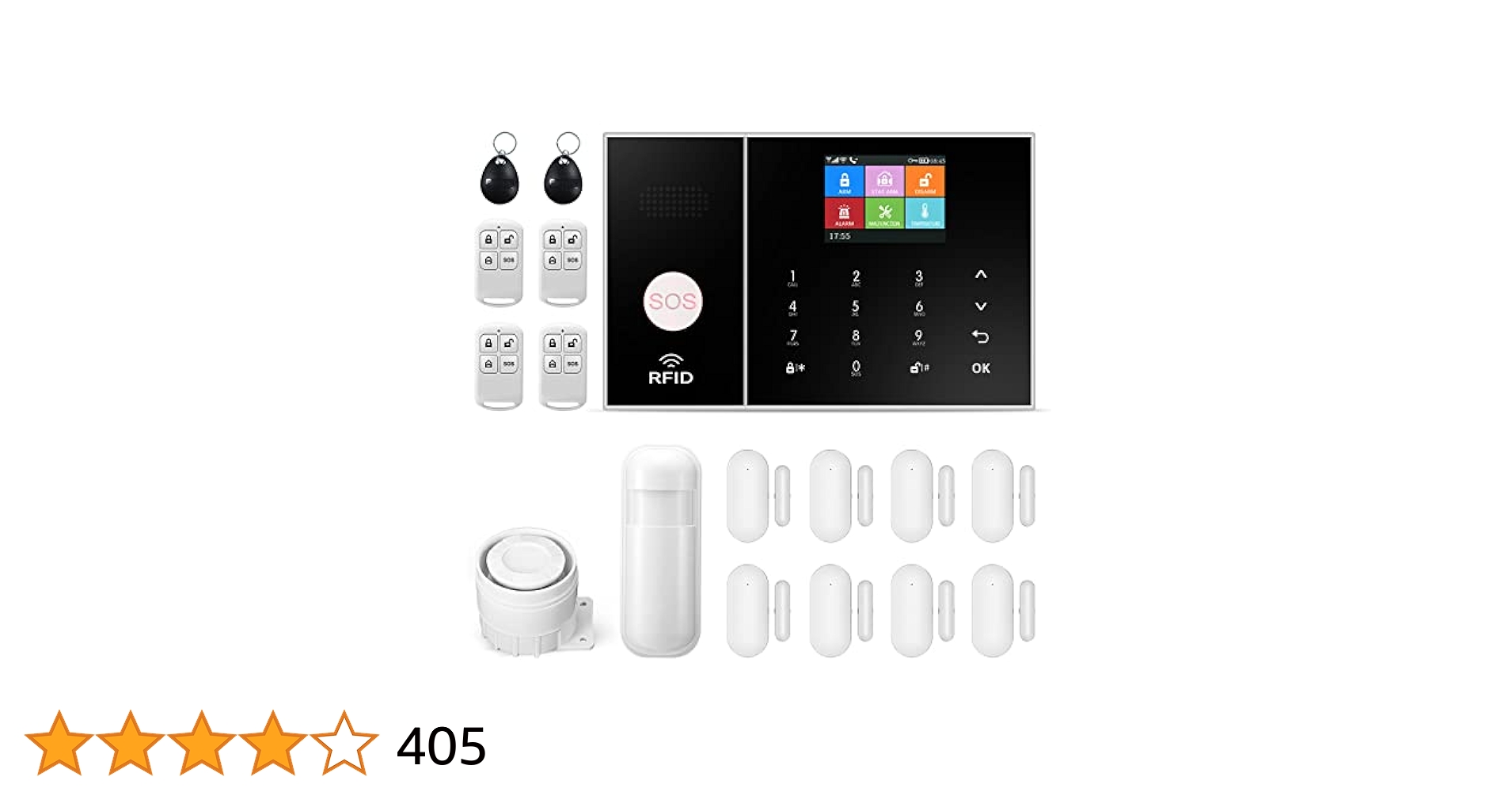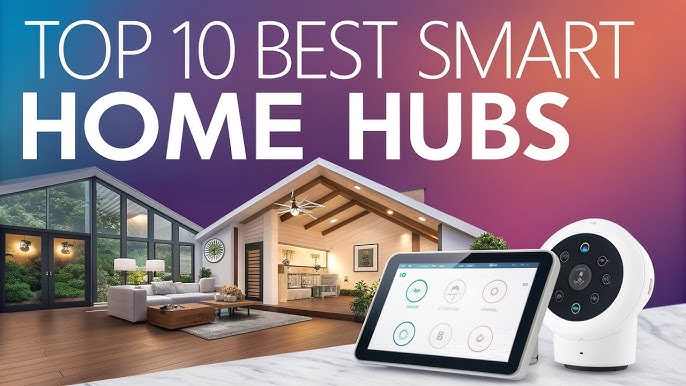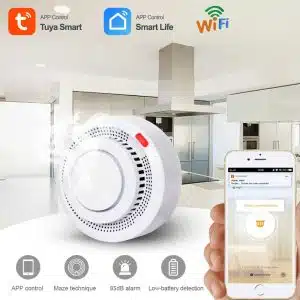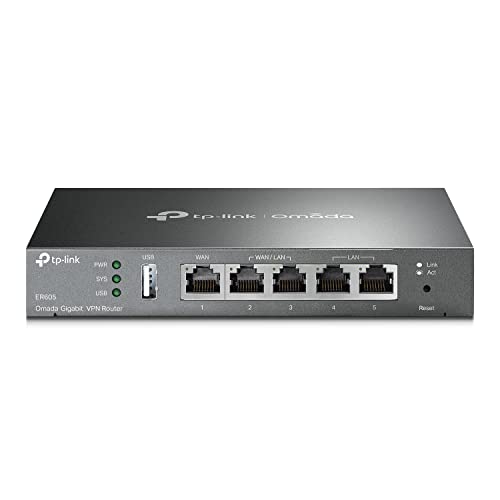Imagine walking into a room where the lighting adjusts perfectly to highlight what matters most—your work, your art, or your relaxing space—without you lifting a finger. Automating focus lighting systems can transform your environment instantly, making your daily tasks easier and more enjoyable.
If you’ve ever struggled with harsh glare or dim corners, this technology is designed to solve those problems for you. Ready to discover how automated lighting can sharpen your focus and boost your productivity? Keep reading, because what you learn here could change the way you light up your world.
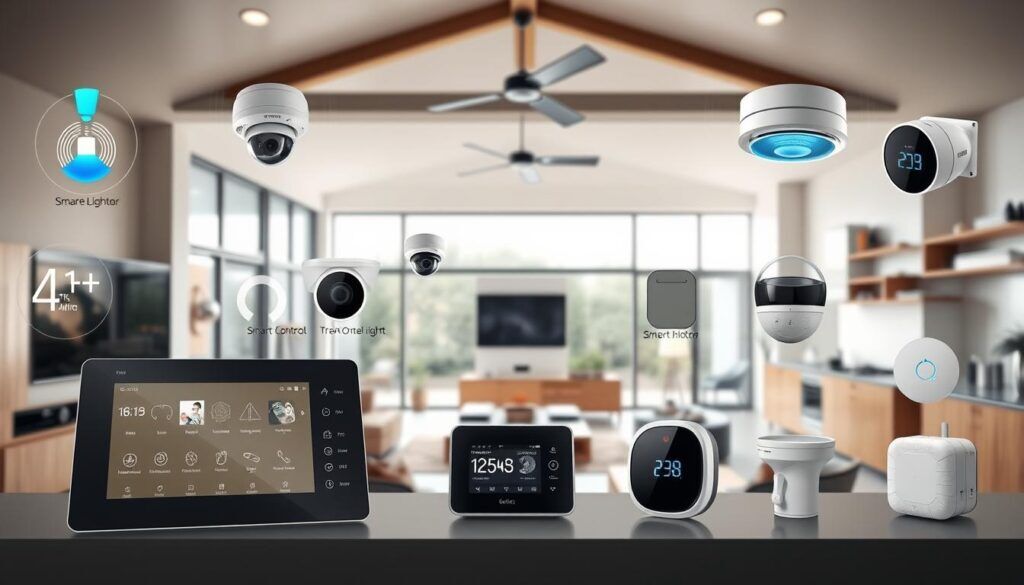
Credit: id.org.za
Benefits Of Focus Lighting Automation
Automating focus lighting systems makes lighting control easier and smarter. It helps save energy and creates a better environment.
Using automation, you can adjust lights quickly and improve how people work and feel in a space.
Energy Savings
Automated focus lighting reduces electricity use by turning lights on only when needed. This saves money and helps the environment.
Smart sensors detect when rooms are empty and switch off lights. Lights also adjust based on natural light.
- Lights turn off in empty rooms
- Brightness adjusts with daylight
- Schedules control lighting times
Improved Productivity
Good lighting helps people focus and work better. Automated systems provide the right light for each task.
Workers feel more comfortable with stable and clear lighting. It reduces eye strain and fatigue.
- Adjust light levels for different tasks
- Reduce glare and shadows
- Maintain steady light without flicker
Customizable Ambience
Automated focus lighting lets you change the mood of a room easily. You can set colors and brightness for different occasions.
Custom settings create a warm or cool atmosphere. This makes spaces more inviting and comfortable.
- Choose warm or cool light tones
- Set dim levels for calm or bright moods
- Save presets for quick changes
Core Components Of Automated Lighting
Automated lighting systems use technology to control light without manual effort. These systems improve energy use and comfort.
Understanding the main parts helps in choosing or designing a good lighting system. Each component plays a special role.
Sensors And Detectors
Sensors and detectors sense changes in the environment. They send signals to control systems to adjust the lights.
Common types include motion sensors, light sensors, and occupancy detectors. They help save energy by turning lights on or off.
- Motion sensors detect movement in a space
- Light sensors measure natural light levels
- Occupancy detectors check if people are present
Control Systems
Control systems receive data from sensors and manage the lighting accordingly. They act like the brain of the system.
These systems can be simple timers or complex smart controllers. They allow scheduling, dimming, and scene setting.
- Timers switch lights on or off at set times
- Smart controllers adjust lights based on sensor input
- Remote control via apps or switches is common
Smart Bulbs And Fixtures
Smart bulbs and fixtures can change brightness and color. They connect to control systems for easy automation.
These bulbs often use LED technology for energy efficiency. They support wireless communication like Wi-Fi or Bluetooth.
- LED bulbs last longer and use less power
- Wireless bulbs link to apps or hubs
- Fixtures can include built-in sensors and controls
Technologies Driving Automation
Focus lighting systems are becoming smarter with new technologies. Automation helps control lights easily and efficiently.
Several key technologies make this automation possible. They work together to improve lighting control and save energy.
Wireless Communication
Wireless communication allows lights to connect without wires. This makes installation simpler and less costly.
It uses signals like Wi-Fi, Bluetooth, or Zigbee to send commands. This helps control many lights at once.
- Wi-Fi supports long range and high data speed
- Bluetooth works well for short distances
- Zigbee uses low power and is reliable
Artificial Intelligence
Artificial intelligence (AI) helps lights learn user habits. It can adjust brightness or color based on the time or activity.
AI improves comfort and saves energy by avoiding waste. It also can detect when rooms are empty and turn off lights.
- AI analyzes patterns to predict lighting needs
- It adapts settings automatically without manual control
- AI can integrate voice and gesture recognition
Internet Of Things Integration
The Internet of Things (IoT) links lighting systems with other smart devices. This creates a connected environment for better control.
IoT allows lights to work with sensors, thermostats, and security systems. It helps create scenes and automate tasks.
- IoT enables remote control via smartphones
- It supports data sharing between devices
- IoT helps monitor energy use and system health
Designing Effective Lighting Scenes
Lighting scenes set the mood and guide focus in any space. Good design helps users see clearly and feel comfortable.
Automating lighting scenes saves time and adjusts light to match activities or times of day.
Adjusting Brightness Levels
Brightness controls help create the right atmosphere. Lower light works well for relaxing, while higher light is good for tasks.
Automated systems adjust brightness smoothly to avoid sudden changes that can bother the eyes.
- Set dim levels for different times
- Use presets for common activities
- Allow manual overrides when needed
Color Temperature Control
Color temperature changes how light feels. Warm light feels cozy, while cool light feels bright and clear.
Adjusting temperature helps match light to the time of day and the tasks performed.
- Use warm tones in the evening for calm
- Choose cool tones for focus and energy
- Mix temperatures for balanced effects
Timed And Motion-based Triggers
Lighting can turn on or off based on time or movement. This saves energy and adds convenience.
Triggers make sure lights are only on when needed, improving safety and comfort.
- Set timers for daily routines
- Use motion sensors in hallways and rooms
- Combine triggers for smart control
Implementing Automation In Different Spaces
Automating focus lighting systems improves comfort and efficiency. Different spaces need unique lighting controls.
Automation helps manage lighting based on activity, time, and presence. This saves energy and enhances the user experience.
Office Environments
In offices, automated lighting adjusts to natural light and work schedules. Sensors detect when rooms are empty to turn off lights.
Focus lighting helps employees see screens and documents clearly. Automation creates a comfortable and productive workspace.
- Use motion sensors to control lighting in meeting rooms
- Set timers for after-hours lighting to save energy
- Adjust brightness based on daylight levels
Retail Settings
Retail stores use automated focus lighting to highlight products and displays. Lighting changes can match store hours and customer flow.
Automation ensures lights are bright during busy times and dim when the store is closed. This attracts customers and reduces costs.
- Install sensors near entrances to adjust lighting on arrival
- Use programmable scenes for different product displays
- Set lighting schedules for opening and closing times
Residential Applications
At home, automated focus lighting improves comfort and convenience. Lights adjust to daily routines and room use.
Automation can turn lights on when someone enters a room. It also sets mood lighting for relaxing or working.
- Use motion sensors in hallways and bathrooms
- Schedule lights for morning and evening
- Control lighting with voice or smartphone apps
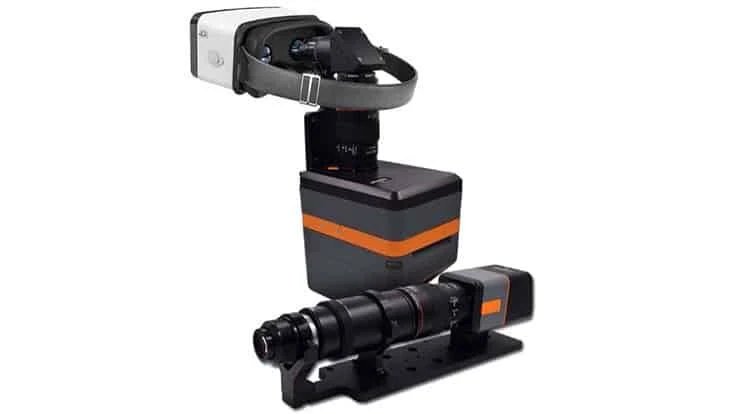
Credit: www.evdesignandmanufacturing.com
Challenges And Solutions
Automating focus lighting systems can improve efficiency and save energy. Still, it brings some challenges that need clear solutions.
Understanding these challenges helps make better decisions and ensures smooth operation of lighting automation.
Compatibility Issues
Many lighting systems come from different brands and use various technologies. This can cause problems when trying to automate them all together.
Some devices may not work well with automation software or require extra adapters to connect.
- Different communication protocols may not match
- Older lighting systems might lack smart features
- Firmware updates can cause new compatibility problems
User Adoption
People using automated lighting systems might find new technology hard to understand. This can slow down adoption and use.
Training and easy interfaces help users feel comfortable and trust the system.
- Clear instructions reduce confusion
- Simple controls increase user confidence
- Support resources help solve problems fast
Maintenance And Upgrades
Automated lighting systems need regular checks and updates to work well. Skipping maintenance can cause failures.
Planning upgrades carefully avoids breaking existing setups and keeps the system reliable.
- Schedule regular inspections
- Test updates on a small scale first
- Keep backup settings before upgrading
Future Trends In Focus Lighting Automation
Focus lighting systems are becoming smarter and more efficient. Automation helps improve light control and saves energy.
The future of focus lighting automation includes new technologies that adapt to user needs and building environments.
Adaptive Learning Systems
Adaptive learning systems use sensors and data to adjust lighting automatically. They learn user habits and preferences over time.
This technology creates a comfortable lighting environment without manual changes. It helps reduce energy waste by using light only when needed.
Integration With Building Management
Focus lighting systems can connect with building management systems. This allows centralized control of lighting, HVAC, and security.
Integration improves building efficiency and user experience. It enables smart scheduling and real-time adjustments based on occupancy.
Sustainability Focus
Future focus lighting automation aims to reduce energy use and lower carbon footprints. Efficient lighting means less waste and lower costs.
Systems will use eco-friendly materials and recycle light sources. Smart automation supports green building certifications and sustainability goals.

Credit: logoslighting.com
Frequently Asked Questions
What Is Focus Lighting Automation?
Focus lighting automation uses technology to control light intensity and direction. It enhances ambiance and energy efficiency automatically.
How Does Automating Focus Lighting Save Energy?
Automated systems adjust lighting based on occupancy and natural light. This reduces unnecessary usage, lowering electricity bills and environmental impact.
Can Focus Lighting Systems Integrate With Smart Homes?
Yes, many focus lighting systems connect with smart home platforms. This allows remote control and scheduling through apps or voice assistants.
What Are The Key Benefits Of Automated Focus Lighting?
Automated focus lighting improves convenience, mood, and productivity. It also extends bulb life and optimizes energy consumption effectively.
Conclusion
Automating focus lighting systems improves efficiency and saves time. It helps create perfect lighting every time. The system adapts quickly to different needs. It reduces manual work, ensuring consistent results. This technology benefits both homes and businesses. It offers convenience and enhances the lighting experience.
Automated systems are easy to install and use. They fit seamlessly into daily routines. As technology advances, smarter solutions become available. Embrace automation for better lighting control. A brighter future awaits with automated focus lighting systems.
17 min read

